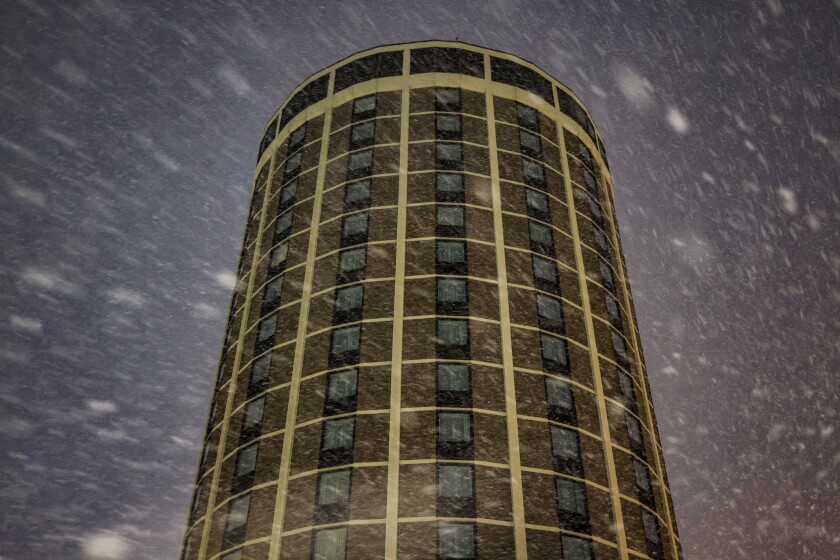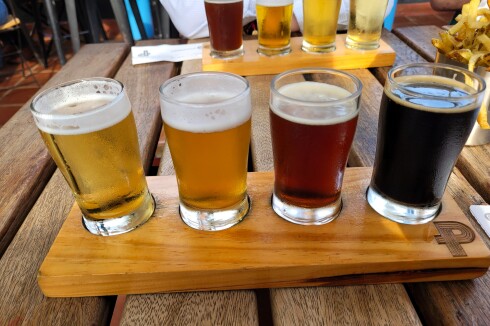DULUTH — I lived in the Boston area for 14 years, but I saw the city with new eyes last fall when I visited from Duluth.
"Huh," I thought, looking down at the harbor as my plane banked for its approach. "Boston is a port!"
ADVERTISEMENT
Of course, I always knew that ships must come and go from Boston with some frequency. It just never really occurred to me, when I was living there, to go and see one of the container ships or cruise vessels or cement-laden freighters. I went on a whale-watching boat once, but it was for an environmental engineering college class and we were supposed to be looking at the sludge digesters.
I also never thought to go peep freighters when visiting New York, London or Sydney. Only in Duluth is the transit of bulk cargo high theater, with the sights and sounds of lakers and salties helping define the city's entire identity. It says a lot about our city that one of the News Tribune's most popular stories of the year was simply headlined, "Photos: Unusual ship arrives in Duluth."
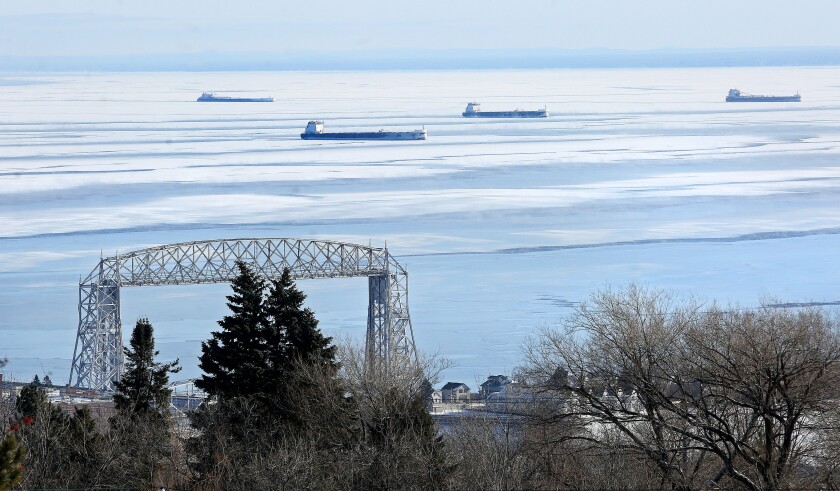
It's often said that the secret of Duluth's appeal is Lake Superior, but there are a lot of cities on large bodies of water — even large bodies of fresh water. With all due respect to Buffalo (New York), Racine (Wisconsin) and Pickering (Ontario), a Great Lake can only get you so far.
There is a certain novelty value to being an inland seaport, and Duluth is the continent's most inland seaport, so there is that. What makes our port exciting, though, is the fact that you can actually see it from across a wide swath of the city. Duluth's real secret isn't the lake — it's the hill.
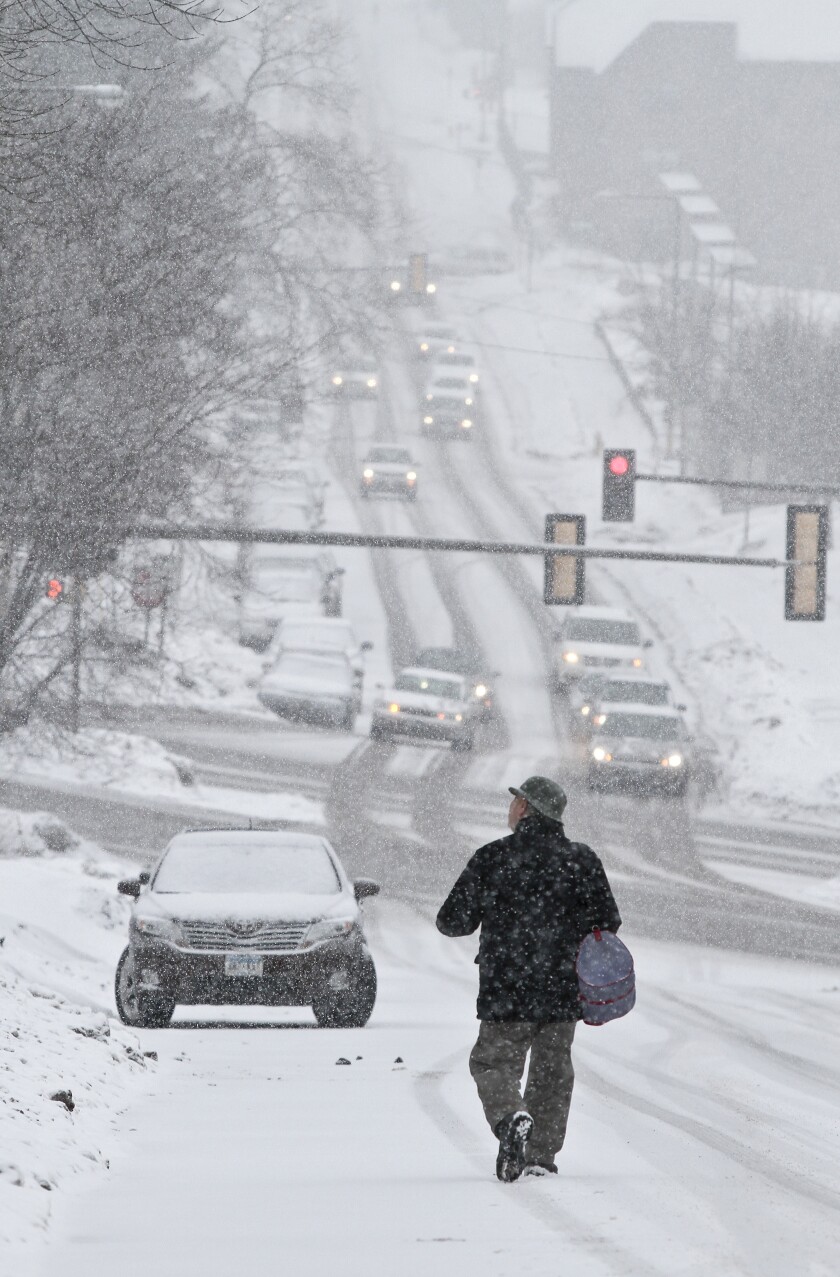
The hill puts everything on display — not just Lake Superior, but also Park Point and the Lift Bridge crossing the canal at its base. From the hillside, you can not only look down and watch the sailboat races, you can look up and see the antenna farm.
What's more, the hill amplifies the Northland's wild weather — sometimes in objective measures, but always in subjective experience. Driving across Superior during a December snowstorm can be dicey, but if you really want a Christmas to remember, try getting from Bentleyville to Boubville under the same conditions.
Hills work similar magic on other port cities. I've learned to expect mockery if I compare Duluth to San Francisco, but I've heard others evoke the same comparison. The hill intensifies everything about San Francisco, and it's no coincidence that both that city and Duluth are closely identified with iconic bridges.
ADVERTISEMENT
Duluth's hill is also responsible for the grand reveal that drivers enjoy when approaching the city from the south via Interstate 35. You see the lake and the Lift Bridge and other distinctive landmarks long before you actually reach them, creating a larger-than-life impression. Just think how much shorter the Eiffel Tower could have been if Paris had Duluth's topography.
We have the hill to thank for the picturesque qualities of the city's many streams, which tumble through ravines and broadcast their presence with the sound of active water. The geologic processes that created Duluth's hill also laid some nicely varied elevations along the entire North Shore, creating waterfalls and incredible views.
The lake is a big part of the city's reputation for outdoor recreation, but it's far from the whole story. Without the hill, Duluth wouldn't be one of the world's best places to go mountain biking, not to mention the fact that we have in-town ski slopes and a top-notch bird observatory. Want to go ice climbing? Me neither, but in Duluth, you certainly could.
The hill occasioned one of Duluth's most-mourned pieces of lost civic infrastructure: the funicular railroad that ran up Seventh Avenue West from 1891 to 1939, culminating in the majestic Beacon Hill Pavilion. It was lost to fire after only a decade, but in its heyday, Tony Dierckins and Maryanne C. Norton wrote in "Duluth's Grand Old Architecture," the pavilion was "the most fashionable place in Duluth."
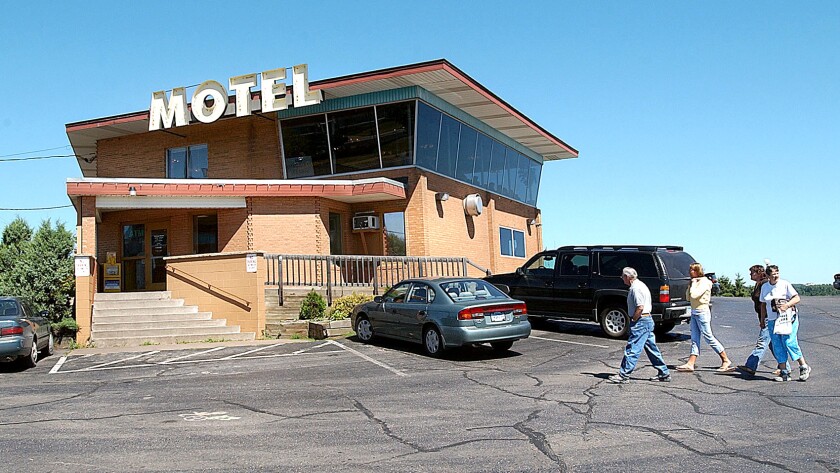
Another lost hilltop wonder was the Buena Vista Motel, with its Sky Room Restaurant — closed in 2005 and demolished, now the site of the Superior Vista condominiums. As a kid in the '80s, I knew the Buena Vista well because it was where my dad would stay when commuting to Duluth for work before we all moved up here.
When I would listen to KZIO, it sounded like the DJs could see all of Duluth, confidently reporting the weather both atop the hill and down by the lake. I would imagine them sitting somewhere like the Sky View Room, commanding a view of all our houses and the hopping downtown nightlife.
Where would I have imagined the DJs sitting if I was listening to KDWB back in St. Paul, the city we left for Duluth? I don't know, but even as a child, I now realize, I had a sense that Duluth was a city with a grandeur that even the "please turn out the light" decade couldn't diminish.
ADVERTISEMENT

There's a reason Trampled By Turtles' Dave Simonett, in "Winners," sings of Duluth as a "pretty little city built on a hillside." When you're looking out from the stage at Bayfront, after all, you don't see the lake. You see the city, spread out across that big beautiful hill.





